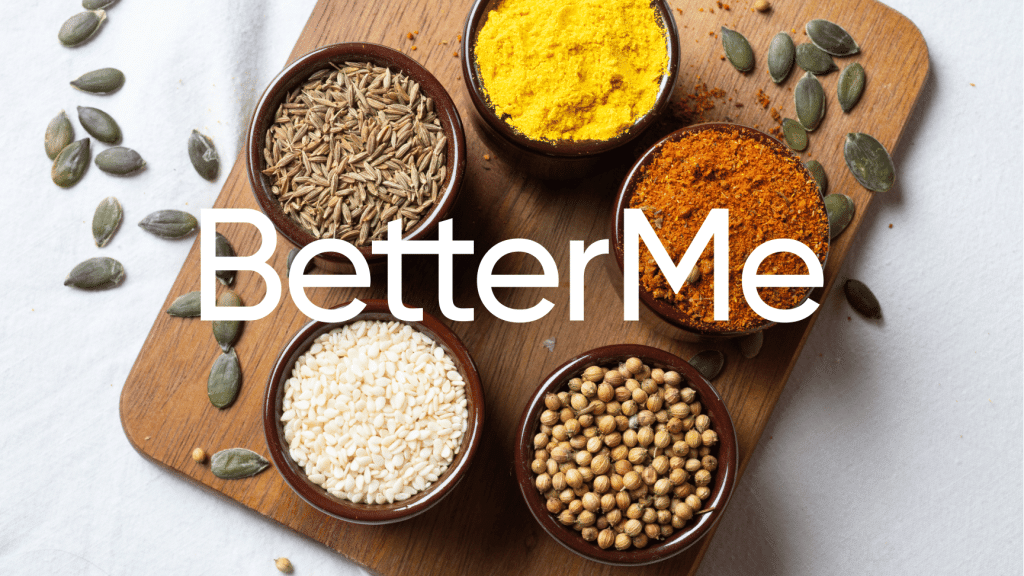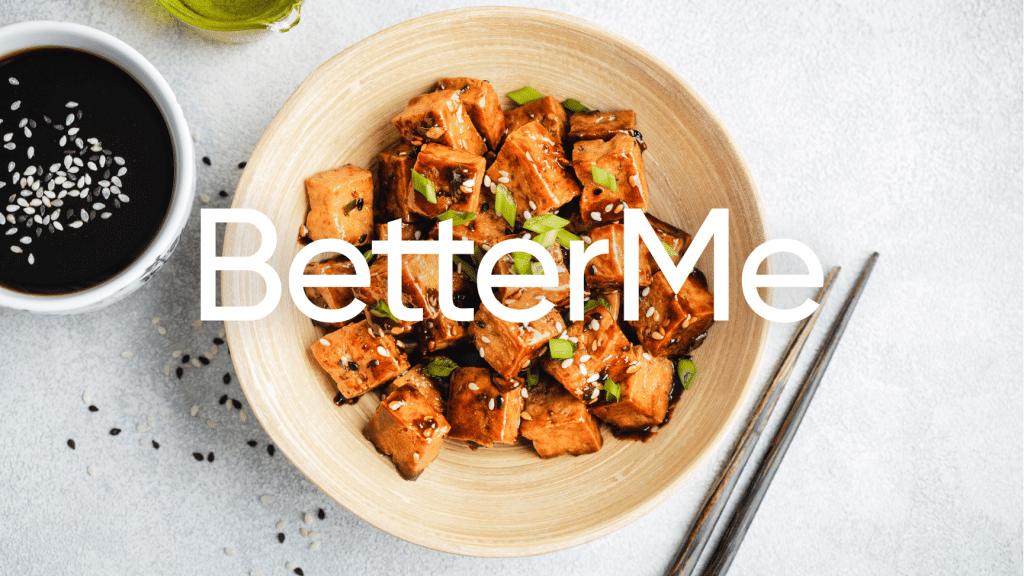Nothing screams flavor like a good spice added to your favorite meal or snack. But if you’re on a gluten-free diet, you may wonder: do spices have gluten? The short answer is no – pure, unprocessed spices are usually naturally gluten-free (though it doesn’t hurt to double-check labels). That means that your favorite herbs, seasonings, and zesty little extras don’t have to be taken off the menu. However, there is one big exception when it comes to whether or not spices contain gluten; processed spices. Many commonly used commercial blends contain wheat in some form, such as maltodextrin or wheat starch. These forms of wheat can easily sneak their way into pre-mixed products such as taco seasoning, BBQ rubs and Italian herb mixes. The good news is that you can easily check the label for any tell-tale signs of wheat or gluten ingredients (look out for words like ‘wheat delactosed’ or ‘maltodextrin’). Or better yet, make your own spice blends at home to ensure they are totally gluten-free.
Get your personalized
meal plan!
Here’s everything you need to know about avoiding gluten in your spices:
What Is Gluten?
Gluten is a protein found in certain grains, such as wheat, barley, and rye. This protein has become a subject of much discussion in recent years, as more and more people are discovering that they are sensitive or allergic to it (4).
For those with celiac disease, consuming gluten can cause damage to the lining of the small intestine, leading to the malabsorption of nutrients and a host of other health problems (1). Many others who do not have celiac disease still may experience symptoms such as bloating, abdominal pain, and diarrhea after consuming gluten.
Contrary to popular belief, gluten is not a type of grain, but rather a protein that is found in certain grains. It is composed of two different proteins: gliadin and glutenin (2). Gliadin is the more reactive of the two proteins and is responsible for triggering an immune response in those with celiac disease (3).
Glutenin is the more stable of the two proteins and is responsible for providing elasticity and structure in doughs and baked goods.
What often makes avoiding gluten so hard is that it can be found in unexpected places. It’s not just wheat-based foods like bread, pasta and pizza that contain gluten, but also items like sauces, dressings, and even spices.
Read More: Cumin vs Coriander: How Do These Two PowerHouse Spices Differ?
What Spices Are Gluten Free?
The good news is that most spices are gluten-free, with just a few exceptions. Here’s a non-exhaustive list of some common spices and herbs that are gluten-free:
- Achiote
- Annatto
- Aniseed
- Allspice
- Basil
- Cardamom pods
- Caraway
- Cayenne pepper
- Celery seed
- Chili powder
- Cinnamon
- Crushed red pepper flakes
- Cilantro
- Cloves
- Coriander
- Cumin
- Dill weed
- Fenugreek
- Garlic powder
- Garam masala
- Green cardamom pods
- Ginger
- Juniper
- Mace
- Marjoram
- Mustard seed
- Nutmeg
- Oregano
- Paprika
- Parsley
- Pepper (black and white)
- Poppy seeds
- Rosemary
- Saffron
- Sage
- Sesame seed
- Sumac
- Tarragon
- Thyme
- Turmeric
- Vanilla extract or powder
Do Any Spices Have Gluten In Them?
Yes, some spices may contain gluten. You’re more likely to find gluten-containing ingredients in commercial spice blends, for the following reasons:
They Contain Gluten-Containing Additives
Wheat, barley, and rye are all gluten-containing grains, and they can be used to make certain types of seasonings and spice blends. For example, maltodextrin is a modified form of starch derived from wheat and is often used as a thickener or flavoring agent in some seasonings.
Additionally, hydrolyzed vegetable protein (HVP) is made from wheat gluten that has been broken down into its amino acids for use as a flavor enhancer in many products.
Other additives that may contain gluten include:
- Modified food starch: This is a type of starch derived from wheat and used as a thickener in some seasonings.
- Wheat germ oil: This is an oil extracted from the germ of wheat kernels, which contains gluten.
- Dextrin: This is a form of carbohydrate derived from wheat and used as a flavor enhancer in many products.
- Monosodium glutamate (MSG): This is a flavor enhancer made from wheat gluten and used in many processed foods.
Whether you’re a workout beast or just a beginner making your first foray into the world of fitness and dieting – BetterMe has a lot to offer to both newbies and experts! Install the app and experience the versatility first-hand!
They Contain Fillers
Fillers are usually added to a spice blend in order to reduce the cost of production because they:
- Bulk up the blend with less expensive ingredients than those used to make the spices.
- Increase the volume of a blend so more products can be sold for less money.
- Make a blend easier to package and transport.
There’s an upside to fillers, too: they help ensure that the spices are evenly distributed to bring out the best taste possible. Without fillers, spice blends could become too clumpy or even have a gritty texture, which can ruin a meal’s taste.
Additionally, fillers can act as preservatives, extend the spice blend’s shelf life, and reduce costs for manufacturers. Therefore, fillers play a vital role in the creation of a perfect, flavorful, and evenly distributed spice blend.
Unfortunately, fillers are often derived from gluten-containing grains, such as wheat, barley, and rye. As a result, some spice blends may contain trace amounts of gluten from these fillers.
How can you tell whether a spice blend contains fillers? If you see ingredients like maltodextrin, hydrolyzed vegetable protein (HVP), wheat germ oil, derin, or monosodium glutamate (MSG) on the ingredients list, chances are that gluten-containing fillers were used to make the blend.
If you’re looking for a gluten-free spice blend, it’s best to look for companies that don’t use any fillers in their products. That way you can be sure you’re getting a pure and flavorful blend without any hidden gluten.
They Were Cross Contaminated
Another reason why some spices may contain gluten is cross-contamination. Cross-contamination is basically the transfer of gluten from one food to another, either through physical contact or shared equipment.
There are two points at which cross-contamination could occur:
- During harvesting: If gluten-containing grains, such as wheat, barley, and rye, are grown in close proximity to gluten-free spices, then the possibility of gluten cross-contamination increases.
- During production: If a manufacturer produces multiple products containing gluten and doesn’t take proper steps to ensure that the spices are produced in a separate facility, gluten may be transferred to the spice blend.
To avoid cross-contaminated spice blends, it’s important to look for companies that are dedicated to producing gluten-free products and use separate facilities for each type of product. Additionally, you should look for companies that thoroughly clean and sanitize their equipment after every production run.
On the spice package, some companies may warn consumers of the potential for cross-contamination, so it’s always a good idea to read labels carefully and check for such warnings.
Read More: Healthy Spices List: 13 Flavorful Herbs And Their Health Benefits
Common Spices With Gluten
While most spices are naturally gluten-free, there are a few that may contain trace amounts of gluten due to their ingredients or the production process. They include:
- Monosodium glutamate (MSG): MSG is one of the most common flavor enhancers used in many processed foods and can contain wheat gluten.
- Curry powder: Some brands of curry powder are produced with flour or breadcrumbs as a binder, which contain gluten.
- Bouillon cubes and granules: While most bouillon cubes and granules do not contain gluten, some brands may use wheat flour or barley malt as fillers.
- Mustard powder: Mustard powder may contain wheat flour or breadcrumbs, both of which can be sources of gluten.
- Seasoned salt: Some brands of seasoned salt may contain wheat flour or maltodextrin as an ingredient, which can be sources of gluten.
How To Avoid Gluten In Spices And Other Seasonings
Follow these simple tips to help you identify and avoid gluten in spices and other seasonings:
Read Labels Carefully
Whenever purchasing spices and other seasonings, take a few moments to read the labels carefully. Many companies list allergens on their packaging and will clearly indicate if a product contains gluten.
Pay close attention to words like “wheat” or “barley” as these are common sources of gluten in products. Also, check for any hidden sources of gluten like maltodextrin, which may be labeled as “modified food starch”.
Dropping pounds by the dozens without putting yourself through the wringer is everyone’s weight loss pipe dream. But what if we told you that the BetterMe app can make that happen? Keep yourself in prime shape with our fat-blasting workouts, delicious budget-sparing recipes, and body-transforming challenges with our app!
Choose Gluten-Free Versions
If you are unsure about the ingredients in a product, opt for a gluten-free version instead. Many companies now offer specifically gluten-free products that are safe to consume.
Make Your Own Blends
If you are a fan of homemade spice blends, make your own to be sure that they don’t contain gluten. That way, you can choose all-natural ingredients without any hidden sources of gluten.
Check For Cross Contamination
When consuming spices and other seasonings, be sure to check for cross contamination. Even if a product is labeled gluten-free, it may have come into contact with gluten during processing or packaging. Read the labels carefully and contact the manufacturer if you have any questions about their production process.
The Bottom Line
It’s important to be aware of the potential for gluten in spices and other seasonings, particularly if you have celiac disease or a gluten intolerance. By reading labels carefully and checking for cross contamination, you can ensure that your diet remains free from gluten. Additionally, choosing certified gluten-free products and making your own spice blends can help you avoid any hidden sources of gluten.
DISCLAIMER:
This article is intended for general informational purposes only and does not serve to address individual circumstances. It is not a substitute for professional advice or help and should not be relied on for making any kind of decision-making. Any action taken as a direct or indirect result of the information in this article is entirely at your own risk and is your sole responsibility.
BetterMe, its content staff, and its medical advisors accept no responsibility for inaccuracies, errors, misstatements, inconsistencies, or omissions and specifically disclaim any liability, loss or risk, personal, professional or otherwise, which may be incurred as a consequence, directly or indirectly, of the use and/or application of any content.
You should always seek the advice of your physician or other qualified health provider with any questions you may have regarding a medical condition or your specific situation. Never disregard professional medical advice or delay seeking it because of BetterMe content. If you suspect or think you may have a medical emergency, call your doctor.
SOURCES:
- Aroma components of acid-hydrolyzed vegetable protein made by partial hydrolysis of rice bran protein (2007, nih.gov)
- Celiac Disease (2022, nih.gov)
- Dietary food additive monosodium glutamate with or without high-lipid diet induces spleen anomaly: A mechanistic approach on rat model (2022, nih.gov)
- Glutenin and Gliadin, a Piece in the Puzzle of their Structural Properties in the Cell Described through Monte Carlo Simulations (2022, nih.gov)
- The immune recognition of gluten in coeliac disease (2005, nih.gov)
- What is gluten? (2017, nih.gov)











